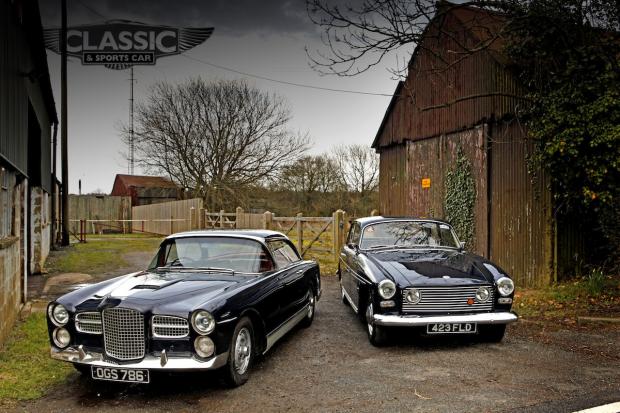
Facel Vega of Paris made the first and perhaps the most famous of the post-war V8-engined Euro-American exotics. In a mere decade – 1954 to ’64 – the firm carved a reputation for luxury, speed and glamour that still resonates in a way that is out of all proportion to the handful of cars that it produced. The company only foundered when it became too ambitious and moved out of its comfort zone of exclusive exotica for the rich and famous into the realms of volume sports cars for the merely well off.

Many other American-engined gran turismos followed Facel into oblivion, usurped by a new generation of more frugal and more keenly priced coupés. In the fuel-conscious atmosphere of the mid-’70s, it took a truly dedicated individualist to choose an Iso over a Mercedes SLC, or reject a BMW CSi in favour of a Jensen. Multiple cylinders were no longer an indication of urge as Europe’s technocrats found ingenious ways of making cars go as well on three efficient litres as the hybrids did on six or seven. Under attack from all directions, the American V8 had, in any case, rather lost its mojo and become a low-compression shadow of its former self in the face of power-sapping anti-smog equipment.









